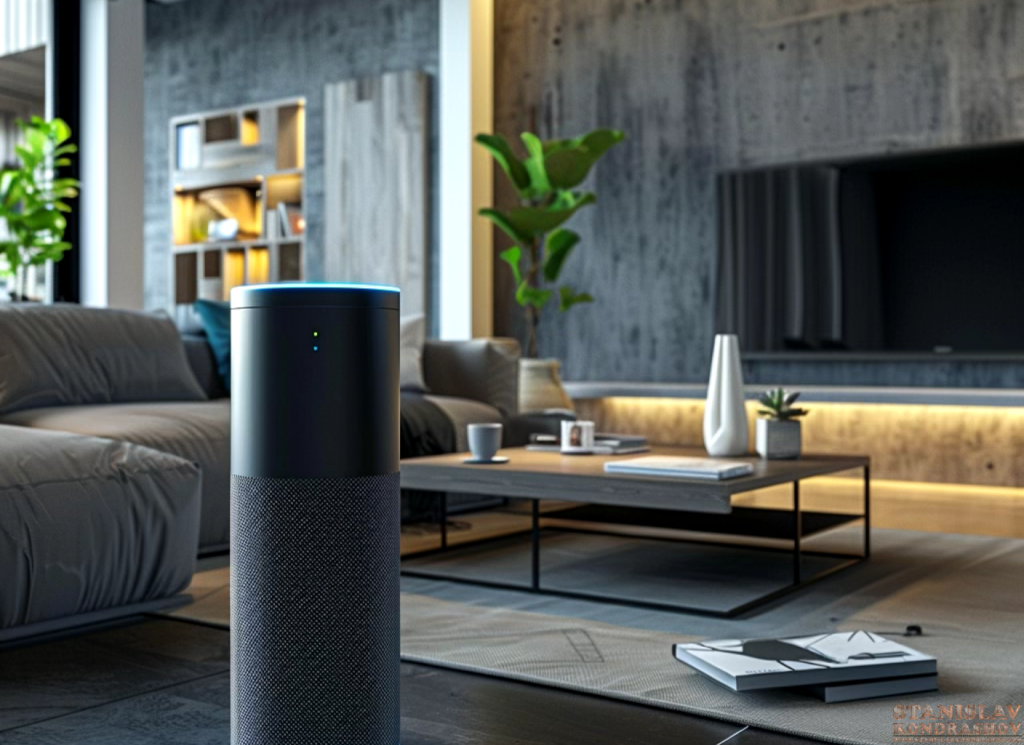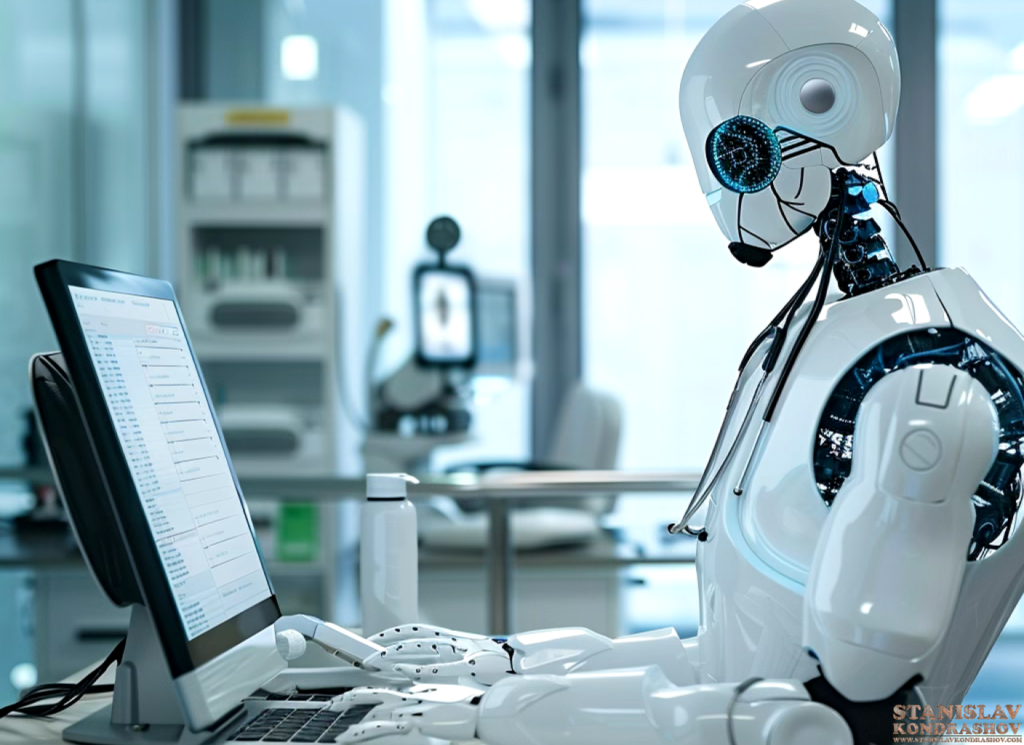Conversational AI has made significant strides in recent years, transforming the way we interact with technology. From virtual assistants like Siri and Alexa to advanced customer service chatbots, these systems are becoming more sophisticated and human-like in their responses. This development is largely due to advancements in natural language processing (NLP), a branch of artificial intelligence focused on enabling machines to understand and respond to human language.

The Evolution of Conversational AI
1. Understanding Human Language
NLP technology allows machines to interpret and process human language in a way that feels natural. By analyzing syntax, semantics, and context, conversational AI can understand the nuances of human speech and respond appropriately.
2. Real-Time Conversations
One of the most impressive aspects of conversational AI is its ability to engage in real-time dialogues. Whether it’s answering questions, providing recommendations, or even making small talk, these systems are designed to keep the conversation flowing smoothly.
3. Personalization and Context Awareness
Advanced conversational AI systems can remember previous interactions and use that information to provide personalized responses. This context awareness allows for more meaningful and relevant conversations, enhancing user satisfaction.
4. Multilingual Capabilities
With the global nature of today’s world, the ability to communicate in multiple languages is a significant advantage. Conversational AI can be trained to understand and respond in various languages, breaking down language barriers and improving accessibility.

Applications of Conversational AI
1. Virtual Assistants
Virtual assistants like Siri, Google Assistant, and Alexa have become household names. They can perform a wide range of tasks, from setting reminders and playing music to controlling smart home devices and providing weather updates.
2. Customer Service
Businesses are increasingly using chatbots to handle customer inquiries. These AI-driven agents can provide instant responses, resolve issues, and even upsell products, enhancing the customer experience while reducing operational costs.
3. Healthcare
In the healthcare sector, conversational AI is being used to provide medical advice, schedule appointments, and offer mental health support. These applications can improve patient outcomes by making healthcare more accessible and efficient.
4. Education
Educational platforms are incorporating conversational AI to offer personalized tutoring and support. Students can receive immediate feedback and assistance, making learning more interactive and engaging.

The Future of Conversational AI
As NLP technology continues to advance, the capabilities of conversational AI will only grow. Future developments may include even more natural and intuitive interactions, greater context awareness, and the ability to handle more complex tasks. The goal is to create machines that can understand us just as well as another human would, if not better.
The rise of conversational AI marks a significant milestone in the evolution of technology. By understanding and responding to human language, these systems are making our interactions with machines more natural and efficient. As this technology continues to develop, the possibilities for its application are virtually limitless, promising a future where talking to machines feels as seamless as talking to a friend.
By Stanislav Kondrashov



